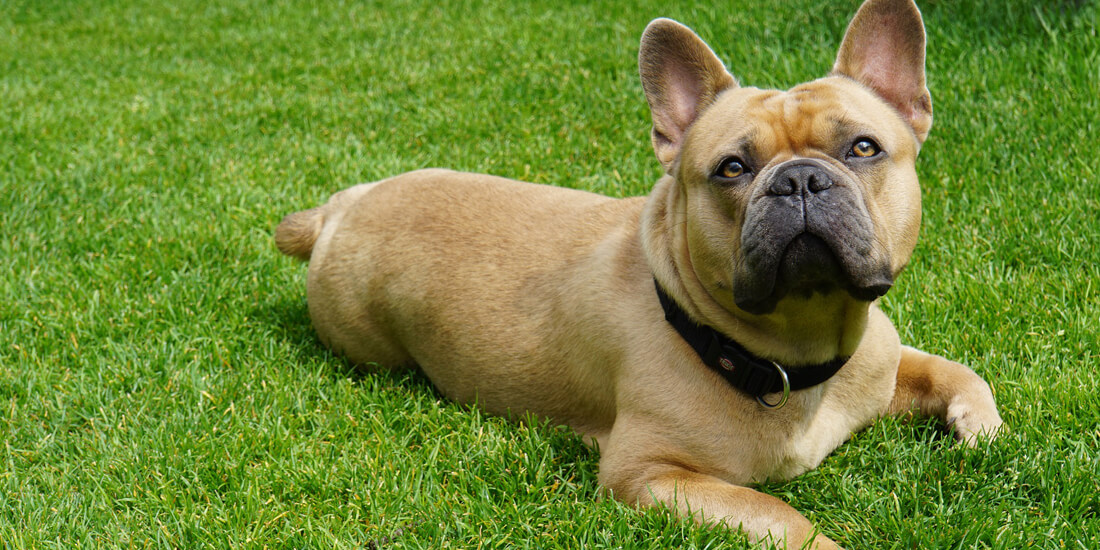How to protect your grass from dog urine

Dog owners and lawn lovers will already know that your pup's urine and garden lawn grass seed do not mix. But that doesn't mean there aren't some things you can do to prevent it from becoming a permanent problem.
This guide shares to protect your grass from dog urine and help turn your muddy minefield into a luscious pet-proof lawn!
Our 4-Step guide for protecting your lawn from dog urine
Step One: Sow hard-wearing grass seed
The first preventative measure you can undertake is to sow a hard-wearing grass mix. There may be grass seed that promotes its ability to resist dog urine. However, let us assure you, just as there is no such thing as bird-resistant seed, there is no grass that won't suffer slightly over time due to dog urine!
Sowing a hard-wearing mix gives you the best opportunity to have the lawn you've always longed for. This also gives the added benefit of a lawn that can tolerate wear and tear and recover faster when damaged.
Perennial ryegrass is particularly fast-growing and hard-wearing and is the main component of our FAMILY: Kids and Pets mix. The fescue content gives your lawn a thick and luscious appearance and gives it the strength for tackling dog urine.
Now your grass seed is posed & ready to take on all your pup's pees; it's time to stop it in its tracks!
Step Two: Dilute the damage
When you have a dog, you can be certain that their toilet habits on your lawn are unavoidable, but you can help reduce the damage. Dog urine is mostly made up of nitrogen, just like our spring/summer fertilisers! Whilst nitrogen helps to make your grass nice and green, it is very strong and needs to be watered in. This is initially to activate it and secondly - so it does not scorch your lawn.
When your dog goes for a widdle on your grass, this nitrogen is often left without being watered and turns your grass yellow. If this is left undiluted and your dog wee'd on it again, the additional urine will kill it completely. The solution is to keep an eye on your pup when they use the little dog's room - and then use a watering can to dilute the affected area. This will lessen the nitrogen's effect on your lawn and stop your grass from yellowing.
Step Three: Train to gain
Where peeing on the lawn is concerned, you can teach any dog new tricks! Teach your dog to use a certain place in the garden as its toilet. This may take a little time, but it will be highly rewarding for you and your pup! You get to keep your lawn green and pristine, and they get their own garden en-suite!
Step Four: Take the hard line
You can, of course, decide not to let your dog use your lawn as a bathroom. You can achieve this by cordoning off a paved area that will be much easier to manage. However, if you know dogs as we do, you know they love nothing more than an inquisitive sniff around and can be pretty fussy about where they choose to do their business!
In Summary, you can help your garden with a few simple steps:
- Thoroughly water the area where your dog has urinated immediately after they’re done
- Toilet train your pup to go to the bathroom in an area of the garden where there’s paving or gravel
- Raise your lawnmower mowing height so that you do not cut your lawn as short, meaning the grass will be less sensitive
- Reseed or oversees your lawn with more durable and hard-wearing grass seed.